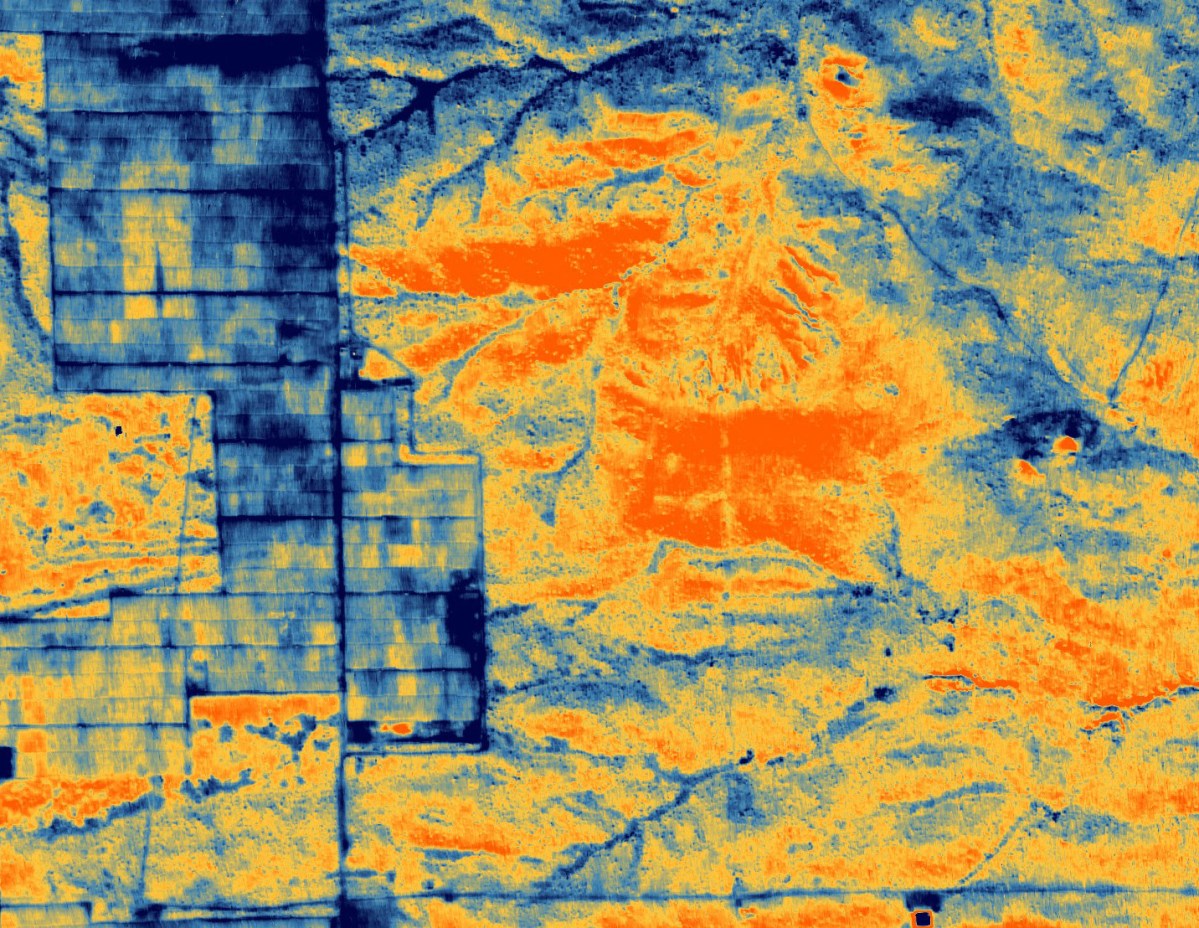TAMPA, Fla. — SatVu has booked launches for its second and third spacecraft to put the British thermal imaging constellation back on track after its debut satellite failed six months after launch.
SpaceX is under contract to launch HotSat-2 in the first half of next year and HotSat-3 in the second half, SatVu (formerly Satellite Vu) CEO Anthony Baker told SpaceNews May 15.
Surrey Satellite Technology Ltd. (SSTL) is building both spacecraft, which would be similar to the 160-kilogram HotSat-1 demonstration satellite the British manufacturer provided for a SpaceX Falcon 9 launch in June.
Before suffering an anomaly that ended services in December, Baker said HotSat-1 was successfully serving customers such as Japan Space Imaging Corporation (JSI), a geospatial information provider for the civil, commercial, defense and intelligence markets.
He said an investigation is ongoing into HotSat-1, designed to operate for five years in low Earth orbit and fully insured for an amount SatVu is not disclosing.
SatVu’s debut satellite, HotSat-1, failed six months after launch. Credit: SatVu
An issue with the power circuit in the satellite’s camera was likely to blame, he said, and not to SatVu’s intellectual property.
“We have full confidence that the camera is as good as we said it was and we’ve demonstrated that,” Baker added, pointing to earlier tests performed from aircraft.
The satellite was based on SSTL’s DarkCarb design, carrying mid-wave infrared (MWIR) technology to capture thermal imagery at a resolution of 3.5 meters.
Rising from the ashes
SatVu sees the greatest demand for its imagery in national security and commercial markets.
“With traditional Earth observation, you’re looking at the outside of a structure — for counting cars, etc.,” he said. “We tell you if something is active.”
These economic indicators can provide more visibility into a company’s supply chain and help inform financial traders.
“Obviously the defense community is interested in exactly the same thing,” Baker continued, “some of the defense community has this data, but it’s highly classified. Now they can get a dataset they can share and it’s much more useful.”
SatVu had ordered HotSat-2 from SSTL in 2022 but placed it on hold — initially because of a funding delay and then to assess HotSat-1’s performance in orbit.
The venture ultimately raised around $16 million in May 2023, a month before HotSat-1’s launch, from investors that included Lockheed Martin.
Baker said this round fully funded HotSat-2, and the company is close to finalizing bolt-on financing to meet all of HotSat-3’s funding needs.
He said SatVu is also in talks to secure customers ahead of HotSat-2’s launch next year, including one in India.
With two satellites in orbit, he said SatVu would be able to generate enough annual recurring revenue by mid-2026 to qualify for a growth funding round that would pay for an extra seven satellites.
More satellites would give SatVu more capacity for imaging more locations at different times of the day and increase revisit rates.
SatVu had initially proposed a seven-satellite constellation but now envisages nine in total to meet expected demand, enough to measure heat coming off a building multiple times a day.
The company’s competitors in an increasingly crowded market for thermal imagery include OroraTech and constellr of Germany, Aistech and Satlantis of Spain, Washington-based Hydrosat and Colorado-based Albedo.

As a space enthusiast, I’m thrilled to hear about SatVu’s plans to revive their thermal imaging business with two new satellites. It’s exciting to see advancements in technology and the potential impact on various industries.